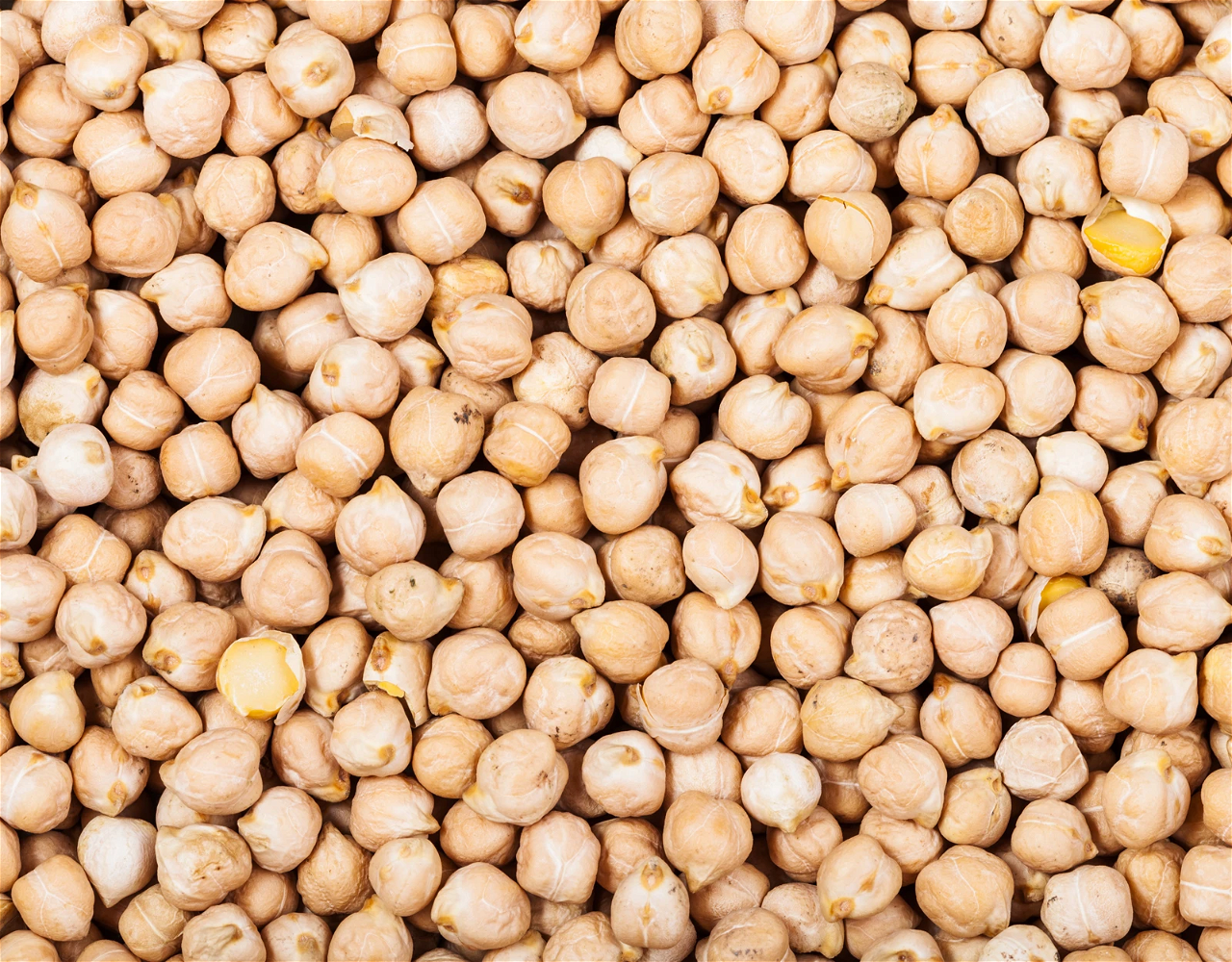
Chana or chickpeas is one of the major pulses demanded by the Indian population, therefore it is largely traded in the country. For the Indian chickpea trade, the market intermediaries has a key role to play and nearly 95% of total chickpea traded in the Indian market is supplied from the main producing areas of Madhya Pradesh, Maharashtra, and Rajasthan.
Remaining 5 percent of chickpeas are made available through the licensed importers from Australia, Mexico, Iran, Turkey, Tanzania, and Canada. In all, Australia leads the world chickpea trade in terms of exports.
After the imported cargoes reach the Indian ports, transportation to other terminal and primary/secondary markets are done by rail or by road. The most commonly used transport is the rail system as it is about 25 per cent cheaper than road transport. Transportation by road is used where direct connection by rail to major sale posts is not always available.
Now speaking about the marketing channels or the logistic system of India - chickpeas or Chana are sold in primary or secondary wholesale markets directly by the producer. The licensed importers who are licensed to import chickpeas into India sell directly to a broker, commission agent, middlemen, or directly to a secondary wholesaler, miller or processor. The chickpeas are then sold to the primary wholesalers, who in turn, sell to millers and Dhal processors, or to secondary wholesalers.
Therefore most of the chickpeas move to millers and processors, from the primary wholesaler. On the whole, the chickpeas move from the primary market to the secondary market and finally reach the consumer, through the retailer.
The dhal and Besan/flour produced by the millers is sold to large mills or to secondary wholesalers, which then move to consumers via the retail markets. Sometimes the dhal produced from the dhal millers and primary wholesalers goes to secondary wholesalers as well, which is then sold to consumers as dhal through the retailer. The whole chickpeas (not the split ones) are sold to frying mills from secondary wholesalers. From there, ruffed or roasted chickpeas are produced which finally reach the consumers via retailers.
IMPORTANCE OF IMPORED CHICKPEAS:
Imported chickpeas are important in our chickpea trade due to various reasons. Firstly the gap existing between chickpea demand and supply growth in India creates a deficit supply condition every year, prompting the government to import chickpeas.
The difference between the harvesting periods of chickpea in India and major chickpea exporting countries is the second factor in supporting the imports. Australia's chickpea harvest in around November provides the best opportunity to export to India at the time when there is a shortfall in domestic supply of chickpea.
The quality differences, seen between imported and domestically produced chickpeas, is the third reason in enhancing the need to import. The Indian Desi chickpea is smaller in size and darker color, containing more of foreign matter. But the taste is better than imported ones. India purchases Kabuli chickpeas more from Mexico than other importing nations.
This is because the Mexican Kabuli chickpea is bigger in size and lighter in color than other imported or Indian origin Kabuli chickpeas. Also, the Mexican Kabuli has a good taste and cooks faster. On the other hand Australia's Desi chickpea is often preferred to Indian chickpeas or other imported ones because of its high recovery rate, uniform and large size, and low contamination. Studies show that the recovery 10 rate of Australia’s desi chickpea is about 3-5 per cent higher than other imported and local ones.
But due to its bitter taste, Australia's desi chickpea is not suitable for consuming whole or for making roasted chickpea. Desi chickpeas imported from Tanzania and Myanmar are considered to bear a sweet taste, when compared with the chickpeas, imported from other destinations.









